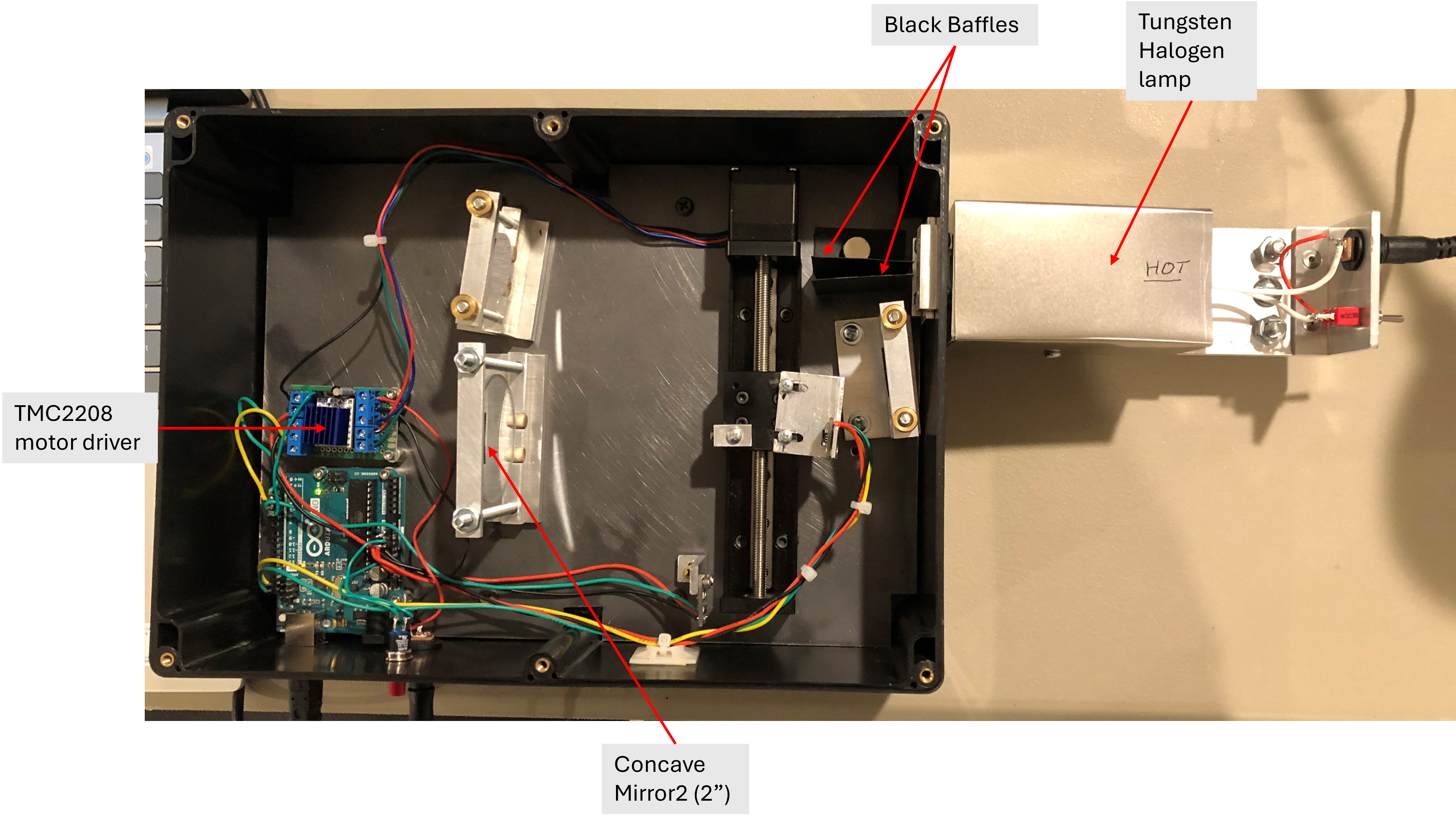Practical awk Commands Every Tech Pro Should Know
In Linux and DevOps, awk is a simple and powerful tool for working with data. You can use it to pick out specific parts of a file or process outputs from commands. It’s a handy utility that gets the job done. Let’s explore why awk is so useful and look at some easy-to-use commands! What is awk? awk is both a utility and a programming language designed for text processing. It’s perfect for extracting, filtering, and formatting data. Think of it as a Swiss Army knife for handling structured text. Essential awk Commands Check the Version awk --version Use this to confirm the version of awk installed on your system. Print Specific Fields Extract the first field from a file: awk '{print $1}' file List the first and third fields from ls -l output: ls -l | awk '{print $1, $3}' Print the Last Field ls -l | awk '{print $NF}' This command grabs the last field from the output. Search for Patterns Print lines containing "Jerry": awk '/Jerry/ {print}' file Change Field Separator Extract the first field from /etc/passwd (colon-separated file): awk -F: '{print $1}' /etc/passwd Replace Words or Fields Replace the second word in a string: echo "Hello Tom" | awk '{$2="Adam"; print $0}' Conditional Printing Print lines where the 8th field equals "Seinfeld": ls -l | awk '{if($8 == "Seinfeld") print $0;}' Advanced awk Commands Count Lines in a File awk 'END {print NR}' file This command counts the total number of lines in a file. Sum a Column of Numbers awk '{sum += $1} END {print sum}' file Add up all the numbers in the first column of a file. Print Line Numbers awk '{print NR, $0}' file This adds line numbers to each line of the file. Delete Empty Lines awk 'NF > 0' file Remove all blank lines from a file. Find Longest Line awk '{if (length($0) > max) max = length($0)} END {print max}' file Identify the longest line in a file based on character count. Filter Rows by Range awk 'NR >= 5 && NR

In Linux and DevOps, awk is a simple and powerful tool for working with data. You can use it to pick out specific parts of a file or process outputs from commands. It’s a handy utility that gets the job done. Let’s explore why awk is so useful and look at some easy-to-use commands!
What is awk?
awk is both a utility and a programming language designed for text processing. It’s perfect for extracting, filtering, and formatting data. Think of it as a Swiss Army knife for handling structured text.
Essential awk Commands
- Check the Version
awk --version
Use this to confirm the version of awk installed on your system.
-
Print Specific Fields
- Extract the first field from a file:
awk '{print $1}' file- List the first and third fields from
ls -loutput:
ls -l | awk '{print $1, $3}' Print the Last Field
ls -l | awk '{print $NF}'
This command grabs the last field from the output.
-
Search for Patterns
- Print lines containing "Jerry":
awk '/Jerry/ {print}' file -
Change Field Separator
- Extract the first field from
/etc/passwd(colon-separated file):
awk -F: '{print $1}' /etc/passwd - Extract the first field from
-
Replace Words or Fields
- Replace the second word in a string:
echo "Hello Tom" | awk '{$2="Adam"; print $0}' -
Conditional Printing
- Print lines where the 8th field equals "Seinfeld":
ls -l | awk '{if($8 == "Seinfeld") print $0;}'
Advanced awk Commands
- Count Lines in a File
awk 'END {print NR}' file
-
This command counts the total number of lines in a file.
- Sum a Column of Numbers
awk '{sum += $1} END {print sum}' file
-
Add up all the numbers in the first column of a file.
- Print Line Numbers
awk '{print NR, $0}' file- This adds line numbers to each line of the file.
- Delete Empty Lines
awk 'NF > 0' file- Remove all blank lines from a file.
- Find Longest Line
awk '{if (length($0) > max) max = length($0)} END {print max}' file- Identify the longest line in a file based on character count.
- Filter Rows by Range
awk 'NR >= 5 && NR <= 10' file- Print lines 5 through 10 from a file.
- Print Unique Values
awk '!seen[$0]++' file- Remove duplicate lines from a file.
Why Use awk?
awk is lightweight, versatile, and incredibly efficient for text processing tasks. Whether you’re a DevOps engineer, a Linux enthusiast, or just someone who loves the command line, mastering awk can save you time and effort.
Take home message
awk is more than just a utility—it’s a gateway to smarter, faster data handling. Start with the basics, experiment with the commands above, and soon you’ll be crafting your own one-liners like a pro.
What’s your favorite awk trick? Share it in the comments—I’d love to hear how you use this powerful tool!











































































































































































![[The AI Show Episode 143]: ChatGPT Revenue Surge, New AGI Timelines, Amazon’s AI Agent, Claude for Education, Model Context Protocol & LLMs Pass the Turing Test](https://www.marketingaiinstitute.com/hubfs/ep%20143%20cover.png)

























































































































![[DEALS] Microsoft Visual Studio Professional 2022 + The Premium Learn to Code Certification Bundle (97% off) & Other Deals Up To 98% Off](https://www.javacodegeeks.com/wp-content/uploads/2012/12/jcg-logo.jpg)

![From Accountant to Data Engineer with Alyson La [Podcast #168]](https://cdn.hashnode.com/res/hashnode/image/upload/v1744420903260/fae4b593-d653-41eb-b70b-031591aa2f35.png?#)






































































































.png?#)







































.webp?#)
.webp?#)






























































































![Some of the best accessories to pair with your Pixel 9 [Video]](https://i0.wp.com/9to5google.com/wp-content/uploads/sites/4/2024/10/Accessories-Header.jpg?resize=1200%2C628&quality=82&strip=all&ssl=1)












![iPadOS 19 Will Be More Like macOS [Gurman]](https://www.iclarified.com/images/news/97001/97001/97001-640.jpg)
![Apple TV+ Summer Preview 2025 [Video]](https://www.iclarified.com/images/news/96999/96999/96999-640.jpg)
![Apple Watch SE 2 On Sale for Just $169.97 [Deal]](https://www.iclarified.com/images/news/96996/96996/96996-640.jpg)



































































































































